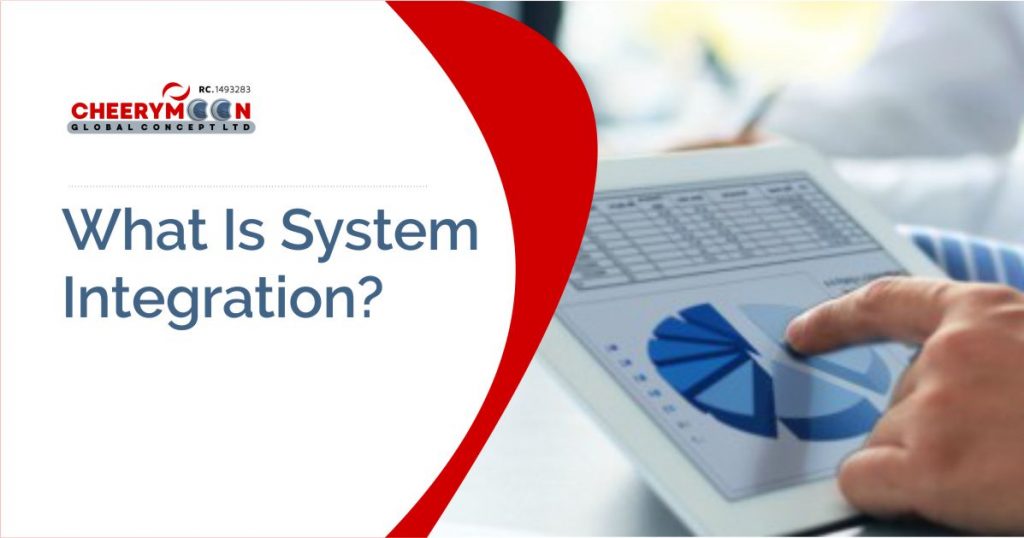In very broad terms, system integration is the process of connecting different sub-systems (components) into a single larger system that functions as one. With regards to software solutions, system integration is typically defined as the process of linking together various IT systems, services and/or software to enable all of them to work functionally together.
The main reason for organizations to use system integration is their need to improve productivity and quality of their operations. The goal is to get the organizations various IT systems to “talk to each other” through the integration, to speed up information flows and reduce operational costs for the organization. But system integration is not used only to connect an organization’s internal systems, but also third parties that the organization operates with.
System Integration Methods
Typical System integration methods are divided into the following different categories:
#1 Point-to-Point Integration
One could argue that a point-to-point integration (or point-to-point connection) is not a system integration as such since there are only two system components involved. However, while it lacks the complexity of “true” system integration, it still connects a system to another system for them to function together. Typically, such point-to-point integration handles only one function and does not involve any complex business logic. Many cloud-based applications offer these types of point-to-point integrations as productized, “out of the box” integration modules for the most common IT systems.
#2 Vertical Integration
In vertical integration method, the system components (sub-systems) are integrated by creating functional “silos”, beginning with the basic bottom function upward. This is normally relatively simple and easy method that only involves a limited number of systems (more than two), but on the other hand, this integration method is quote rigid and more difficult to manage in the long term as any new functionally will require its own functional ”silo”. Still, this method can be used effectively to create simple integrations, that only need to address a single function.
#3 Star Integration
Star integration means that a system where each sub-system is connected with other sub-systems using point-to-point connections. This allows for more functionality, but as the number of integrated systems increases the number of integrations also increases significantly, and the management of the integrations becomes very demanding. As an example, to connect ten systems to each other using this method, will require 45 separate integrations, and every time there is a change in one system, nine connections may need to be re-done as well. Sometimes Star Integration is there for also referred to as “Spaghetti Integration” as an analogy to “Spaghetti code”.
#4 Horizontal Integration
In horizontal integration, a separate sub-system is used as a common interface layer between all sub-systems. Very often this layer is referred to as an Enterprise Service Bus (ESB). This method allows each sub-system to have just one single interface to communicate with all the other sub-systems connected to the common interface layer (i.e., with ten system, there are only ten connections). The benefit of this method is also that each sub-system can be changed or even replaced without having to re-do the interfaces of any other systems.
#5 Common Data Format Integration
Integration different IT systems to each other usually require that the data coming out from one system needs to be transformed to a different data format used by the receiving system. As with the Star Integration, if each transformation needs to be done system-by-system basis, the number of data transformations increases significantly and becomes a high maintenance task. To overcome this problem, common data format approach, allows each system to do only one data conversion from its native format to the common (and vice versa). This way the number of required data transformations is just a high as the number of the sub-system.
Cheerymoon provides system integration services at affordable budget. If you require assistance, please contact us here.

